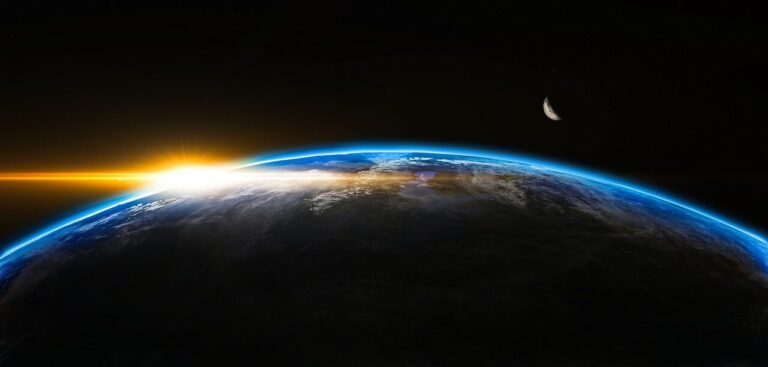A new international study led by the US National Center for Atmospheric Research (NCAR) has used data from radiosondes around the globe to show that the eruption of a submarine volcano in January raised the global amount of water vapor in the stratosphere.
Radiosondes have been deployed since the 1930s to measure temperature, relative humidity, wind and other atmospheric parameters. But some nations have cut back on their use to save costs, relying instead on satellites and other newer technologies, several of which are nearing the end of their useful lifetimes.
Holger Vömel, a scientist at NACR and a specialist in the use of observational technologies, said, “This is an absolutely spectacular dataset, and it only happened because there is a sizeable network of radiosondes. The stratosphere is so dry that no one ever thinks to look for stratospheric humidity in radiosondes, but some of them have the capability in extreme events like this eruption.”
According to the study, the impact of such a jolt of water vapor on Earth’s climate system is likely to be minor but different from previous well-studied eruptions of terrestrial volcanoes. Since water vapor prevents heat from Earth’s surface from escaping into space, it will have a small warming influence, possibly for several years. It will also affect the chemistry in a way that will slightly slow the recovery of the ozone layer, which protects the planet from incoming ultraviolet radiation. But that effect will be temporary, Vömel said.
The main significance of the finding instead has to do with the magnitude of the impact on the stratosphere, which begins about 8-19km above Earth’s surface. The underwater eruption of Hunga Tonga-Hunga Ha’apai in the south Pacific on January 15, 2022, occurred about 152m below the surface. The intense heat from the molten rock transformed ocean waters into steam that, along with volcanic gases and ash, was lofted as high as 58km above the ocean. The volcano triggered a tsunami that devastated nearby parts of the island nation of Tonga and reached as far as Japan and the Americas.
Within days of the eruption, a team of scientists from NOAA converged on Reunion Island in the Indian Ocean with an array of specialized instruments – including one designed by Vömel – to take readings of the eruption’s impact on stratospheric chemistry in the southern hemisphere. Among their findings: stratospheric water vapor levels several thousand kilometers from the site of the eruption were as high as 358 parts per million. That was a huge increase over the typical level of five parts per million.
Intrigued, Vömel began looking at data from radiosondes launched by nations in the region. One radiosonde that had been launched from Fiji into the volcanic plume less than a day after the eruption found water vapor levels of more than 1,300 parts per million, and radiosondes over eastern Australia showed levels of 2,900 parts per million.
Determined to map out the global impacts of the eruption of Hunga Tonga-Hunga Ha’apai, he and his co-authors turned to separate repositories of radiosonde data that were kept by the University of Wyoming and NCAR. They found that the eruption had injected at least 50 teragrams (50 million tons) of water vapor into the stratosphere. Their calculations showed that the amount of stratospheric water vapor globally increased by more than 5%.
In comparison, eruptions of terrestrial volcanoes, such as Mt. Pinatubo in the Philippines, inject large amounts of ash and other particles into the stratosphere, rather than water vapor. This has the opposite effect on global temperatures, since the particles block incoming sunlight and exert a cooling influence on the climate.
Radiosondes were critical to the research, Vömel said, because they offered a detailed snapshot of the atmosphere at numerous locations, providing very accurate observations at different altitudes as they ascended. While satellite instruments offer the advantage of measurements over wide regions of the atmosphere, the dense networks of radiosondes are important for filling in details of atmospheric conditions and for validating the satellite observations.
“Satellites are absolutely vital for providing information about our planet and feeding data into weather forecasts that are needed to keep all of us safe,” Vömel said. “But let’s not forget that radiosondes have taken important observations for nearly a century, and they remain an essential component in our ability to observe our climate system.”
To view the study published in the journal Science, click here.



